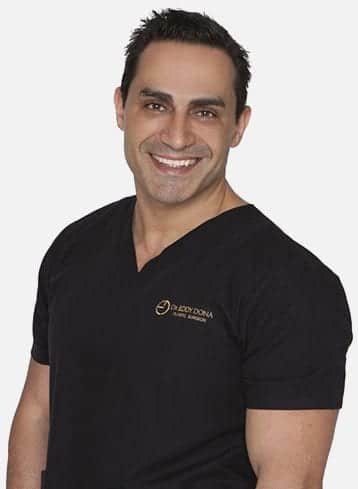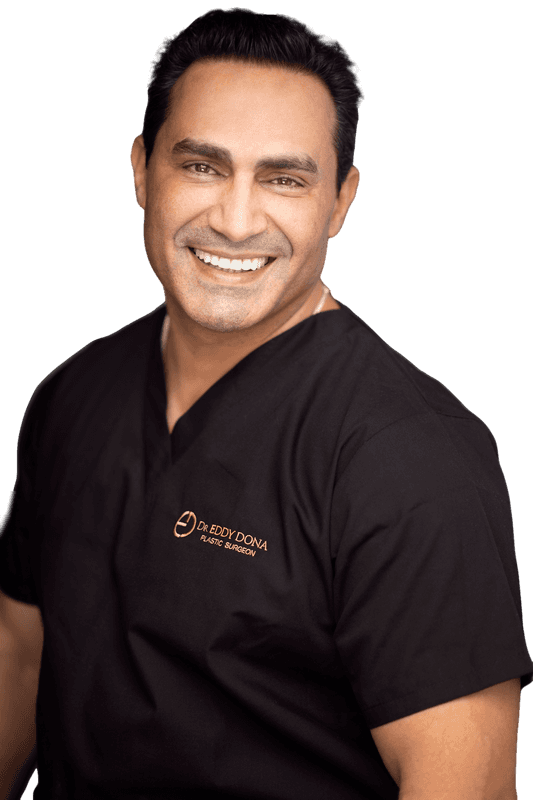Post-Pregnancy Surgery Recovery
Mon 5th Feb 2024
Postpartum women undergo physical changes and challenges following childbirth, often opting for “Post-Pregnancy Surgery” to address these effects. In this article, we’ll explore the details of this surgical approach.
The term ‘Post-Pregnancy Surgery’ doesn’t dictate specific procedures. What goes into the surgical combination is very personal as each surgery is tailored to meet the woman’s individual needs.
Moreover, while ‘Post-Pregnancy Surgery’ is commonly associated with postpartum women, it is not exclusive to mothers. It is a term often used for simultaneous breast and Tummy Tuck (Abdominoplasty) surgeries, particularly suitable for those who have experienced significant weight loss.
What is Post-Pregnancy surgery?
This surgical approach includes procedures to address enduring effects of pregnancy that diet and exercise alone can’t reverse. Post-Pregnancy Surgery targets issues such as stretched and damaged stomach muscles and skin, thigh and breast changes, along with stretch marks, excess fatty tissue, and loose skin. It typically combines a Tummy Tuck (Abdominoplasty) with either a Breast Augmentation or a Breast Lift/Mastopexy (with or without an Augmentation). Liposuction is also considered for specific areas.
The Tummy Tuck (Abdominoplasty) removes excess skin and scar tissue, repairs damaged muscles (diastasis recti), and effectively reconstructs the abdominal wall.
The “six-pack” muscles, formally known as the rectus abdominis muscles, are often damaged through the elongation and separation caused by the growing baby during pregnancy. The ongoing weakness and separation of these muscles following pregnancy is known as diastasis recti.
Diastasis recti can cause several functional problems including lower back pain, and reduced core strength due to disturbed biomechanics of the body with associated bowel and bladder issues. In addition to all of these issues, diastasis recti will also cause a bulging stomach. To compound this issue, often the abdominal wall skin has stretched with significant stretch marks and often looseness resulting in sagging and excess skin folds. All these issues do not go away after pregnancy. One of the key goals during abdominoplasty surgery is to reconstruct the abdominal wall muscles, which in turn addresses all these issues caused by diastasis recti. So whilst this surgery does result in a flatter abdominal wall, more importantly it improves core strength and stability.
All womens breasts respond differently to pregnancy, but typically they would swell and stretch. Even after you’ve given birth or finished breastfeeding, you may notice that your breasts look different than before, including in size, shape and appearance.
When the nursing period ends, the breasts typically shrink and can appear deflated. This is often associated with skin that is thinner and with stretch marks, and with breast tissue that is reduced in volume and softer.
Breast Augmentation, also referred to as augmentation mammoplasty, is a cosmetic surgery that involves silicone implants to enhance the size, shape and volume of your breasts. This procedure may also restore breast volume, shape and symmetry after pregnancy or extensive weight loss.
In planning your Breast Augmentation procedure, a number of variables need to be considered to provide you with the optimal outcome. Dr Eddy Dona will discuss the options with you and recommend which option is most suitable for your situation.
Every recovery is different
It is important to note that not everyone’s recovery process will be the same and that this article should only act as a rough guide to what you can expect throughout your recovery process. Some women might find that they can return to their normal lifestyle quicker than some of the guidelines in this article; others may find that their recovery timeline takes a little longer.
This article should not replace or act as a substitute for the guidance and advice given to you by your plastic surgeon; Dr Dona will provide you with an individualised surgical plan that will include your post-operative plan.
Your treatment does not end with the surgery. In order to ensure you achieve the optimal outcome, we incorporate a number of postoperative treatment modalities to help with your healing and scar quality. This includes the use of our light-based therapy treatment protocol. Light therapy is designed to expedite the healing process, reduce pain, and optimise scar quality.
How to prepare for your surgery
Any person undergoing surgery must have realistic expectations of the results and a clear understanding of the potential complications. Also, you must be fully aware of all the possible complications and risks associated with the chosen operation.
There are specific steps that you can take before undergoing surgery that will make the recovery process easier:
- Do not take any blood thinning medications such as aspirin or any medicine containing aspirin, large amounts of vitamins or anti-inflammatory drugs for two weeks prior to any surgery.
- Make sure to get extra pillows so that you will be completely supported while you rest.
- Rely on your spouse, friends or relatives to help you. As your activity will be significantly limited for some time, it’s important to have a network that can be relied on to help you out with care and tasks.
What happens on the day of surgery?
The day before your surgery, you will receive a call from the hospital to confirm what time you need to come in and any pre-surgical requirements, such as fasting before your operation. When you arrive at the hospital on the day of your surgery, you will be checked in and directed to the pre-surgical waiting area.
Just before your surgery, you will be taken to the anaesthetic bay, where Dr Dona will have one last chat before your surgery and remind you of what to expect once you wake up after your procedure. Dr Dona will also draw the tentative surgical markings on your body.
Finally, you will see the Anaesthetist, who will talk to you about the anaesthetic and any medications you will be taking after your surgery before you are taken into the operating theatre for your surgery.
Recovery Process
Your recovery process will vary depending on which combination of plastic surgery procedures you choose to undergo; for this article, we will focus on the recovery process for the most common combination, which includes a Breast Augmentation and Tummy Tuck (abdominoplasty).
Most patients that undergo a Tummy Tuck (Abdominoplasty) as part of their surgery will need to spend two days in hospital for the initial postoperative recovery. However, some patients may benefit from another day or two in hospital. Many women claim they find the experience and discomfort like that after a caesarean, with the first 24 hours being the least pleasant. You’re attached to all these tubes, largely confined to bed, sometimes feeling a little nauseous and not the most comfortable in the world. This is normal, fortunately very short-lived, and settles down.
Once you are discharged from the hospital and are ready to go home, you will be quite sore around your chest and abdomen where the surgical incisions are, you will likely be quite hunched over from the muscle tightening that is performed with a Tummy Tuck (Abdominoplasty) – this is completely normal. Don’t try to straighten up because you are feeling tight for a very good reason; your skin has been tightened and usually, so have your muscles. Of course, those who have not required any muscle tightening, are generally far more comfortable but will still feel tight.
The first two weeks
Many of our patients take on our custom post-operative wound and body recovery program where we see them at least twice a week for the first three weeks. For those who can’t, at an absolute minimum our patients would be seen at weeks one, three and six post-operatively to ensure they are reaching the correct recovery milestones. Further appointments (at no cost) are also made during the first 12 months.
During the first two weeks, while you are at home resting and recovering from your surgery, you will need to spend most of your time resting comfortably to reduce any potential strain on your incision wounds. However, gently mobilising throughout the day is essential and has numerous general benefits and will expedite your overall return to feeling normal.
You can shower when you return home after surgery and have water simply run over your dressings but leave your dressing intact and simply pat them dry after the shower.
At your one-week post-op clinic appointment, the only visible stitches you have (around your belly button) are removed.
As well as adhering to the above timelines, be sure to implement some of the following tips to accelerate a healthy healing journey accordingly:
- Eat nutritious meals and drink lots of water or fluids to help speed up your recovery time. Post-surgery, your body is vulnerable and susceptible to infection, so eating well and nourishing your body will help prevent this.
- Avoid foods high in sodium and minimise alcohol consumption (never mix alcohol and pain relievers).
- Refrain from smoking or being exposed to secondhand smoke during your recovery. This reduces the risk of complications that can extend your recovery.
- Rest up: post-surgery, your body will be craving lots of rest and recovery. Don’t feel guilty about taking adequate rest time and sleeping for more hours if your body is telling you to.
No driving for the first two weeks. If you feel comfortable to drive after this period, then you can.
By two weeks after your surgery, you should be able to straighten up; sometimes, it may happen sooner or even later than this time, so just let it happen.
Three weeks after surgery
You will likely be cleared to return to light office work/hospitality workplace duties after your three-week consultation. During this time, you can start spending more time moving around. However, it is still important to avoid any physical activities that strain your abdominal muscles until at least six weeks.
At your three-week post-op visit to our clinic, all your dressings are removed, and they stay off. We will talk to you about scar care and what to do to end up with a scar, keeping in mind that it takes at least 12-18 months for the scar to fully mature.
Six weeks after surgery
Consider the first six weeks as RECOVERY, and from six weeks onwards consider everything to be physical REHABILITATION.
At six weeks, you can begin the process of gradually returning to your normal day-to-day activities. You may still be quite sore and swollen around your abdomen, but this is the stage when you are safe to return to your regular lifestyle at your own pace. It is important that you let common sense prevail throughout all stages of your recovery.
With respect to your breast enhancement surgery, a lot of the swelling will have settled, and you can really start to appreciate how things are going to look. This is also when you can go out and be fitted for new bras.
Recovery from your Tummy Tuck (Abdominoplasty) surgery will still take some time as you will still be quite sore and swollen around your abdomen. Continuing to wear the abdominal wall compression garment beyond six weeks is common and will certainly control the often-significant swelling that can take several months to fully settle.
When to expect the final results
The combination of procedures you undergo will determine when you can see the final results. However, as a guide the final results of Post-Pregnancy Surgery become apparent after six months. Swelling subsides, breasts settle into position, and any scarring gradually improves over the first 12-24 months.
Dr Eddy Dona has been a specialist plastic surgeon since 2007, and is a member of the Australian Society of Plastic Surgeons. From your first clinic visit, and throughout your surgical journey, Dr Dona and his team will be there to make it as smooth as possible.
Get in touch with our clinic to request a consultation with Dr Eddy Dona

Dr Eddy Dona (FRACS) is a Specialist Plastic Surgeons in Sydney, and a member of the Australian Society of Plastic Surgeons (ASPS). Following his medical degree at the University of Sydney in 1996, Dr Dona then began a further 11 years of intensive training to become a Specialist Plastic & Reconstructive Surgeon.
Since starting private practice in 2007, Dr Dona has had patients from all over Australia seeking his expertise and specialist management. Dr Dona’s practice has grown and become heavily focused on breast and body reconstructive procedures, especially after massive weight loss including post-pregnancy.
Despite running a busy private practice, Dr Dona spent the first 15 years of his specialist practice dedicating part of his time to one of Sydney’s largest teaching public hospitals, including training future plastic surgeons. This was where Dr Dona was often required to reconstruct the bodies of those affected by trauma and cancer.




